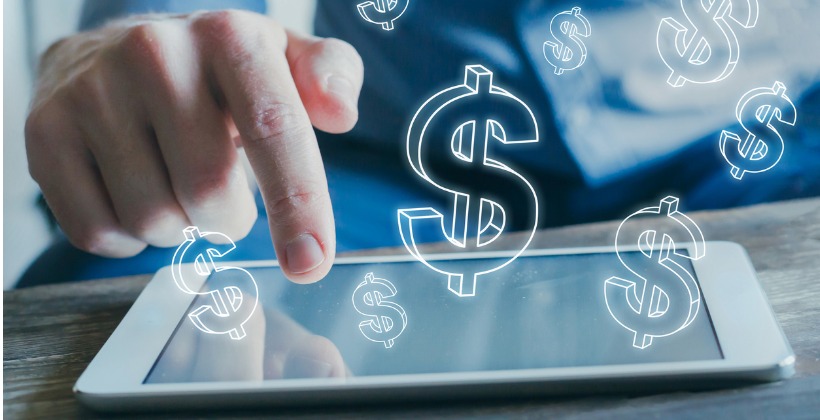3 Ways Big Data Will Impact Profit Margins in the Restaurant Industry
Food has always been an integral part of the human experience—not only is it necessary for our survival, it's also one of the most important hobbies and careers for all kinds of producers and consumers: farmers, foodies, vloggers, food critics, and, of course, restaurateurs.
According to The Atlantic, the quality and variety of food in America has never been better, yet the business appears to be struggling. While more and more people are eating out, many restaurants are not doing so well.
As a restaurateur, how can you stay ahead of the pack? How can you keep increasing your profit margins? How can you not just survive but thrive in today's restaurant economy?
Try big data.
Big Data is Not Just for Tech Giants
Multiple industries are using big data to tailor their products and services to attract customers. Besides e-giants like Google and Amazon, banks, healthcare providers, education, manufacturing, insurance, and other industries are catching the trend.
Big data allows businesses to understand customer behaviors and preferences and get a more three-dimensional picture of their ideal audience. Big data allows companies to target extremely specific clients who are the most likely to buy and build loyalty to your restaurant in particular. Here's how:
1. Data Facilitates a Personalized Guest Experience
Big data can help you analyze customer orders based on demographics, time of year, and other such factors, giving you more accurate prediction strategies to optimize your food waste. With this information in hand, you'll be able to make decisions that could save you a significant chunk of money.
It also allows you to predict what clients are likely to want and personalize orders to create a competitive edge for your eatery. You can also use big data to identify your regular customers so that you can spend extra effort making their experience the best possible. Catering to diners' personal preferences will increase their loyalty and likelihood of consistently returning to your restaurant.
2. Data Helps You Schedule Employee Labor More Efficiently
Creating an efficient schedule for all of your employees can be a pain in the neck. Most restaurant owners simply go with a "best guess" model which can often lead to bored or overworked employees. With the help of data, you can anticipate more accurately how much manpower you need by predicting traffic flow. Not only will you be eliminating employee time, you will improve customer service, and save money in the bargain! Learn more in our latest guide on driving a consistent customer experience.
3. Data Tells You Which Popular Menu Items to Promote
Great restaurants need to serve diners the menu items that they like, right? Of course. But how do you figure out what customers like to eat? You could ask them, but customers themselves don't always have significant insight into their own preferences, as seen in the famous Pepsi research by Howard Moskowitz, who found that people aren't always able to explain what they want.
So let big data speak for them. Every time a customer orders a dish, swipes a credit card, or leaves a review, that is a piece of data which, combined with thousands of other data points, can give you a valuable picture into which menu items are actually selling well, and, therefore, which items you need to actively promote.
Every restaurant has these basic goals: bring in new customers, increase repeat customers, improve revenue, save costs, and improve guest satisfaction. With the data gleaned from big data, you will be able to accomplish all this and more. Most importantly, data will allow you to create effective strategies to improve your profit margin so that you will live long and prosper in the restaurant industry!





